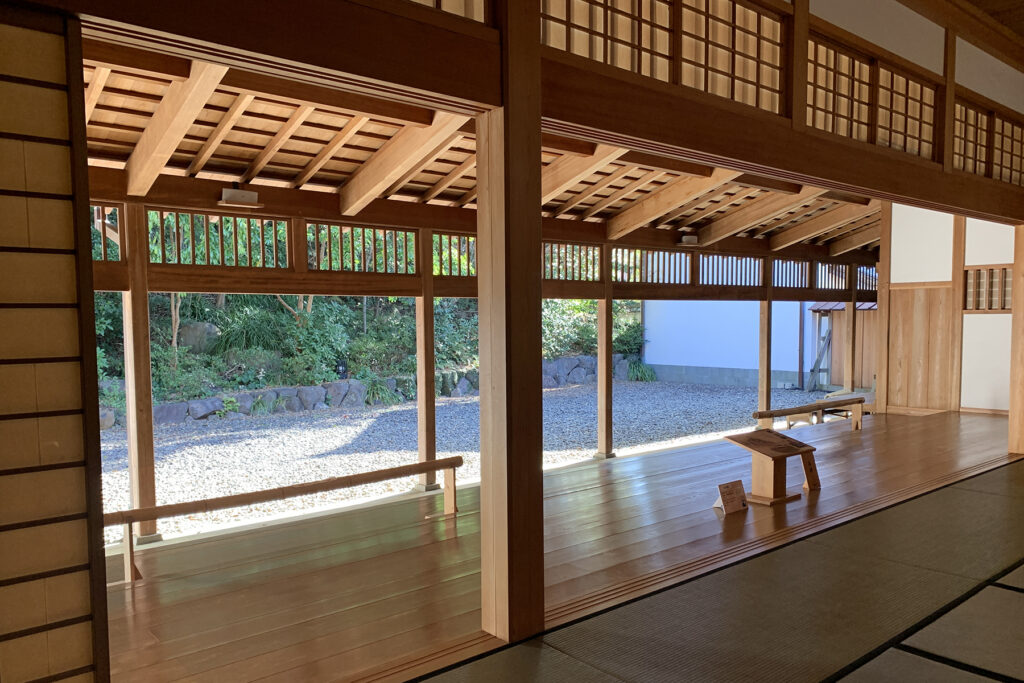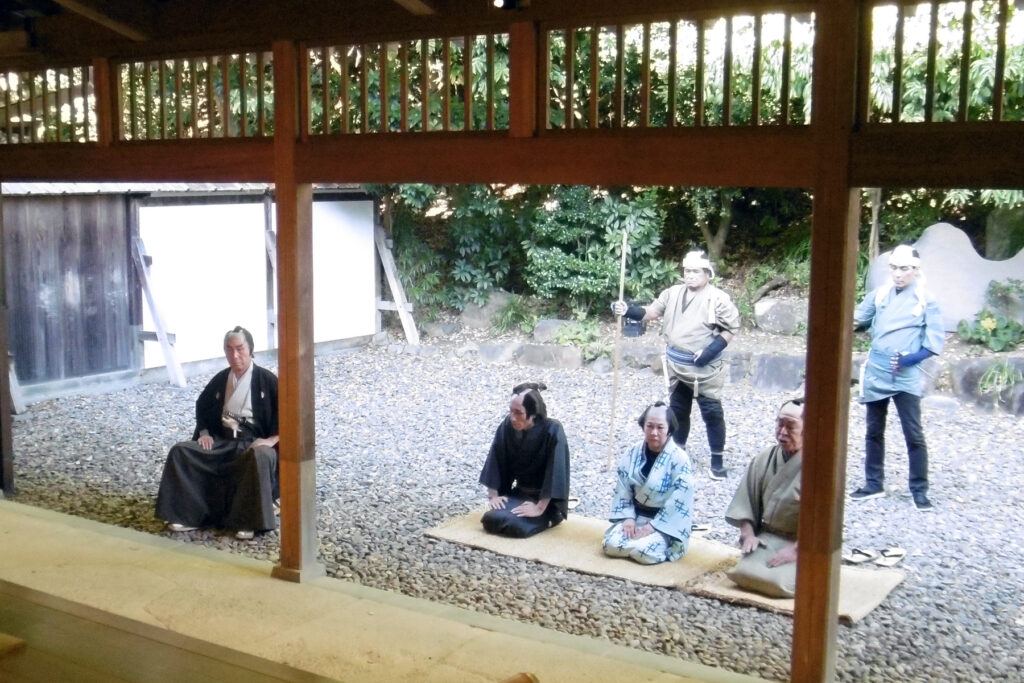The Japanese Government of Nagasaki Zone
The Nagasaki Magistrate’s Tateyama Office once stood on the premises of this Museum, and part of it has been reconstructed and stands as a symbol of the Museum, which focuses on the history of overseas exchanges in early-modern Nagasaki.
The exhibition rooms showcase the role and functions of the Nagasaki Magistrate’s Office, a government agency established by the Edo shogunate in Western Japan, historical episodes associated with the Office, and Christian-related exhibits.
A: Exhibits related to the Nagasaki Magistrate’s Office
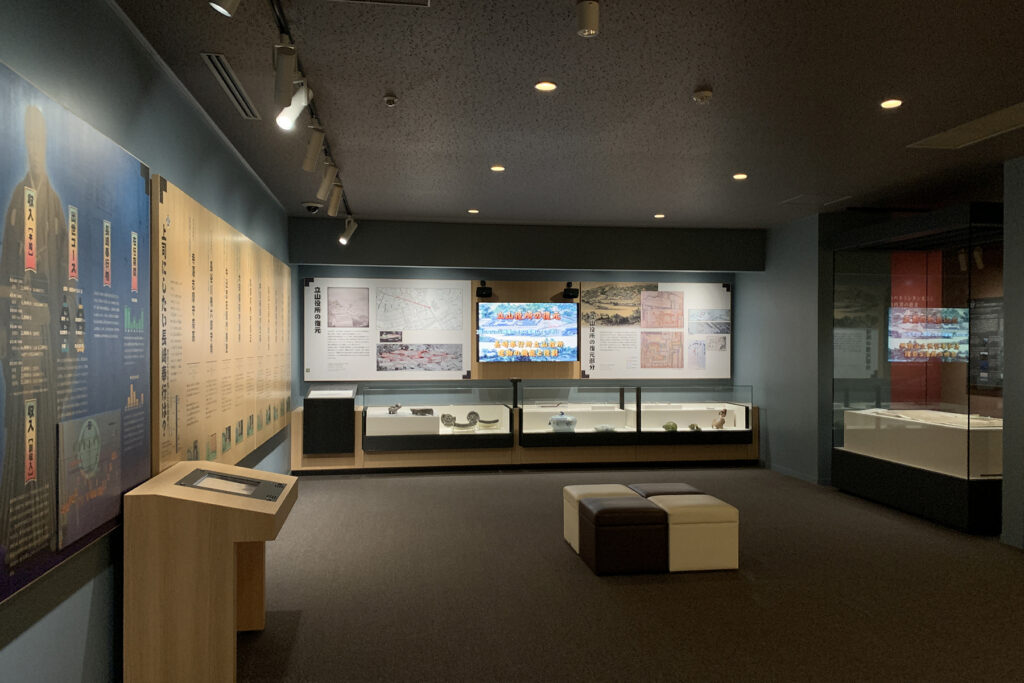
Outline of the Nagasaki Magistrate’s Tateyama Office
The establishment and evolution of the Nagasaki Magistrate’s Office are presented through maps and excavated artifacts.
Duties of the Nagasaki magistrate
The Nagasaki magistrate had a wide range of responsibilities, including administration, justice, diplomacy, trade, military affairs, and the crackdown on Christianity and smuggling. The contents of those duties are introduced here.
The world of the “Hankachō”
The “Hankachō” is a collection of judicial decisions by the Nagasaki Magistrate’s Office.
From among its pages, we selected cases of smuggling, or that occurred during annual events such as the Nagasaki Kunchi festival and the Peiron boat races, and present them in an easy-to-understand manner.
Historical magistrates
This corner introduces the 127 generations of Nagasaki magistrates, highlighting the achievements of notable figures, including Tōyama Kagekuni (father of Tōyama no Kin-san), all the while considering the historical context of their tenure.
B: Christian-related exhibits
One of the responsibilities of the Nagasaki magistrate was the eradication of Christianity. Here, visitors can view the fumie, Christian images to be stepped on which were used to uncover hidden Christians, rosaries confiscated from believers, and other items formerly kept in the Shūmon-gura, or storehouse for religious goods, of the Nagasaki Magistrate’s Office (now in the collection of the Tokyo National Museum).
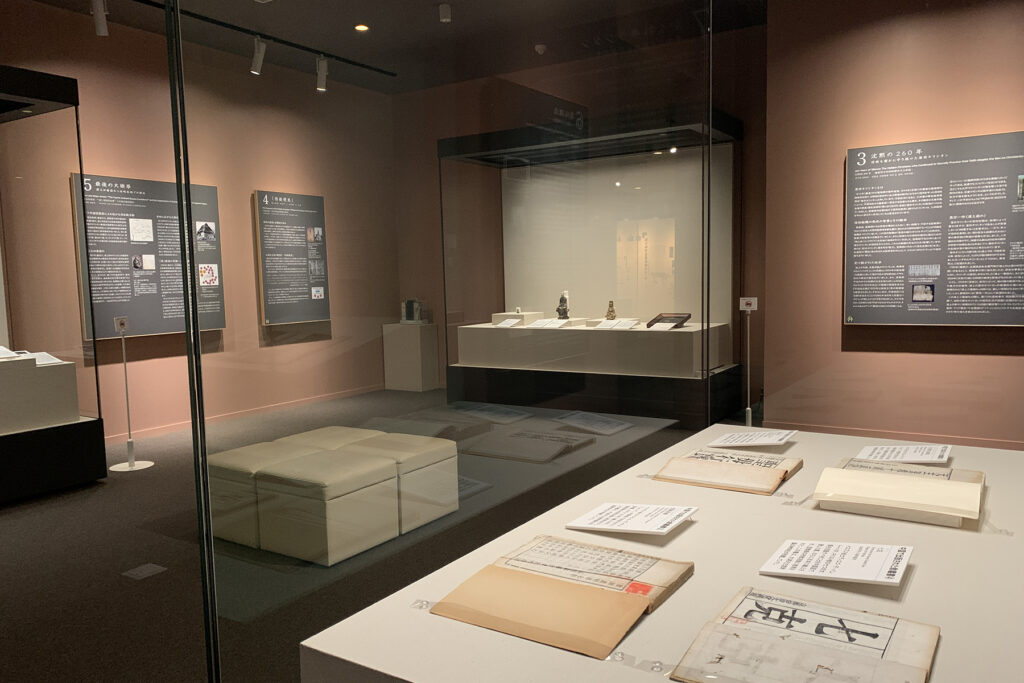
C: Nagasaki Magistrate’s Office Theater
The videos introduce unique aspects of Nagasaki’s history, including the year spent by the 84th Nagasaki magistrate, Tōyama Saemonnojō Kagekuni, in the city, the history of Christianity, and Nagasaki’s industrial heritage. Visitors can also watch representative videos of the skits performed live every Sunday in the Oshirasu.
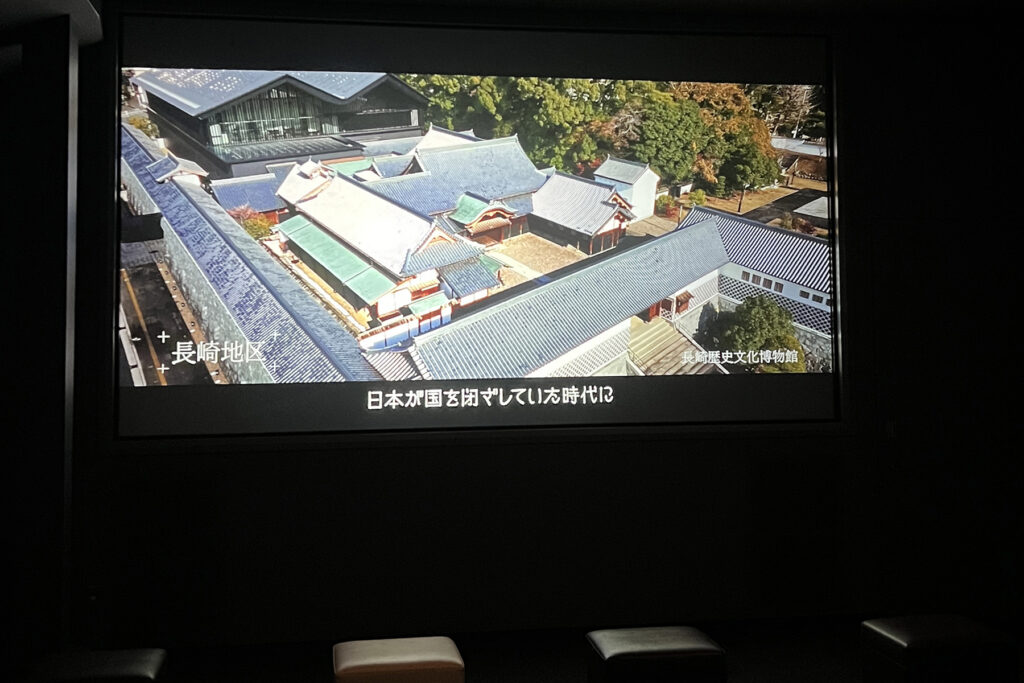
D: Nagasaki Magistrate’s Tateyama Office
Shoin
This room was used by the Nagasaki magistrate to receive important guests, such as domain lords.
The space has been carefully recreated to allow visitors to experience its original atmosphere, including the traditional Japanese toilet on the veranda.
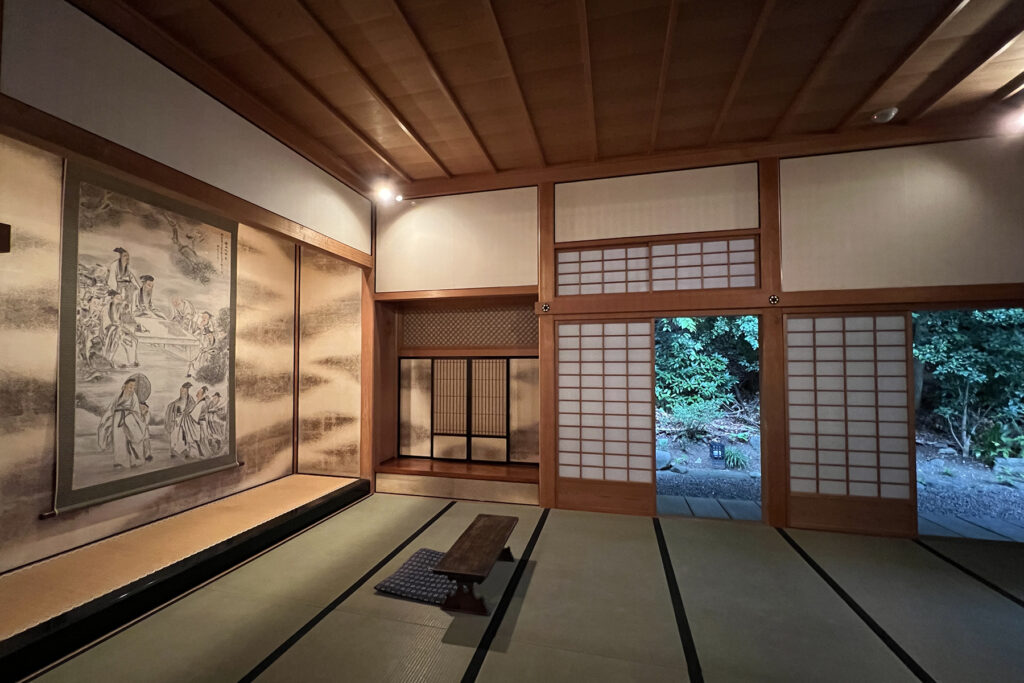
Taimensho, Tsugi-no-ma, Shisha-no-ma
These rooms served as audience chambers and antechambers, but also for the “Ōaratame”, the inspection of trade goods carried out by the Nagasaki magistrate. The display of imports such as raw silk thread, fabrics, and ivory offers visitors a glimpse into the goods traded in those days.
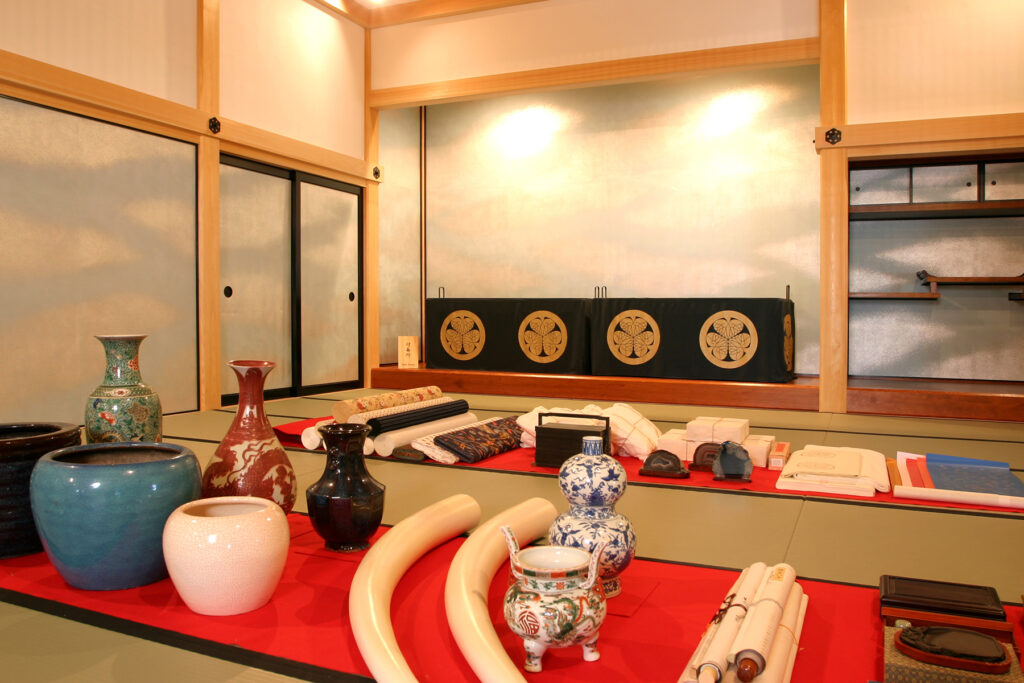
Oshirasu
The Oshirasu was the court of law of the Edo period.
Its reconstruction is based on contemporary maps and gravel excavated from the site. Here, skits reenacting the interrogation of smugglers and castaways are performed.
Skit Schedule
Day every Sunday *No Saturdays or holidays
Time 11:00, 13:30, 14:30, 15:30
Duration around 20 minutes
*Please note that the performances may change or be canceled due to unforeseen circumstances.
